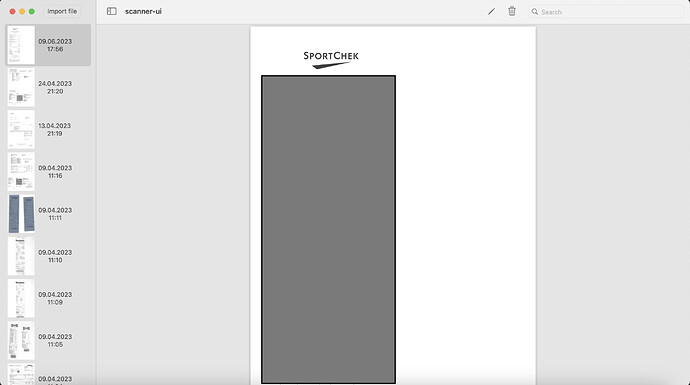Nice. Don’t hesitate to submit merge requests for the portability patches like the one you mentioned.
Anyway, you should probably decide how you want to distribute Paperwork on MacOS. I see two possibilities:
I don’t own a Mac, so I can’t choose. You’re the one doing the portage to MacOS, so you’re the one deciding. I can only advise you.
My advise: Paperwork is intended to be as simple to use as possible (goal not entirely reached yet). So, to start, you can use whichever method you like. But eventually, I suggest that you switch to the method the most usual for MacOS users (.dmg files I guess ?).
If we have continuous deployment setup and running (see below), after each build, we can upload resulting binaries directly on download.openpaper.work. That’s how it’s done for Windows and AppImage builds: builds triggered by changes on the branches master/testing/develop go directly to download.openpaper.work.
Whatever you decide, please keep me posted regarding installation instructions. Once you deem your work fit for release (and once we have CI/CD), I will add them to the website.
Regarding the CI you requested I’ve found https://circleci.com/ which is also used by Gnome but I haven’t looked into that.
Sorry, I should have specified: I’ll only accept opensource solutions. No proprietary solutions, ever (except regarding the target OS I guess …  ).
).
There is maybe one other option. A MacOS VM 
We can do the same thing than for Windows:
openpaper.work is actually running in a VM on top of a Proxmox host running in my basement. Beside it, there is also a Windows VM running on this same host, used to make the Windows builds. In the past, I’ve already built a MacOS VM on this Proxmox host. Unfortunately they tend to be one or two major versions of MacOS behind, are slow as hell, and must be reinstalled from scratch at each major update. That’s why I was reluctant  (and still is
(and still is  ) . Still, for CI/CD, unless we have a better option, if it good enough for you, I can rebuild a MacOS VM and we can work with that.
) . Still, for CI/CD, unless we have a better option, if it good enough for you, I can rebuild a MacOS VM and we can work with that.
By the way, in order to comply with the license GPLv3, Paperwork’s build process must be documented for each platform (ex: linux, windows). So if you write complete build instructions for MacOS, I should be able to set the CI/CD up by myself on the VM.

